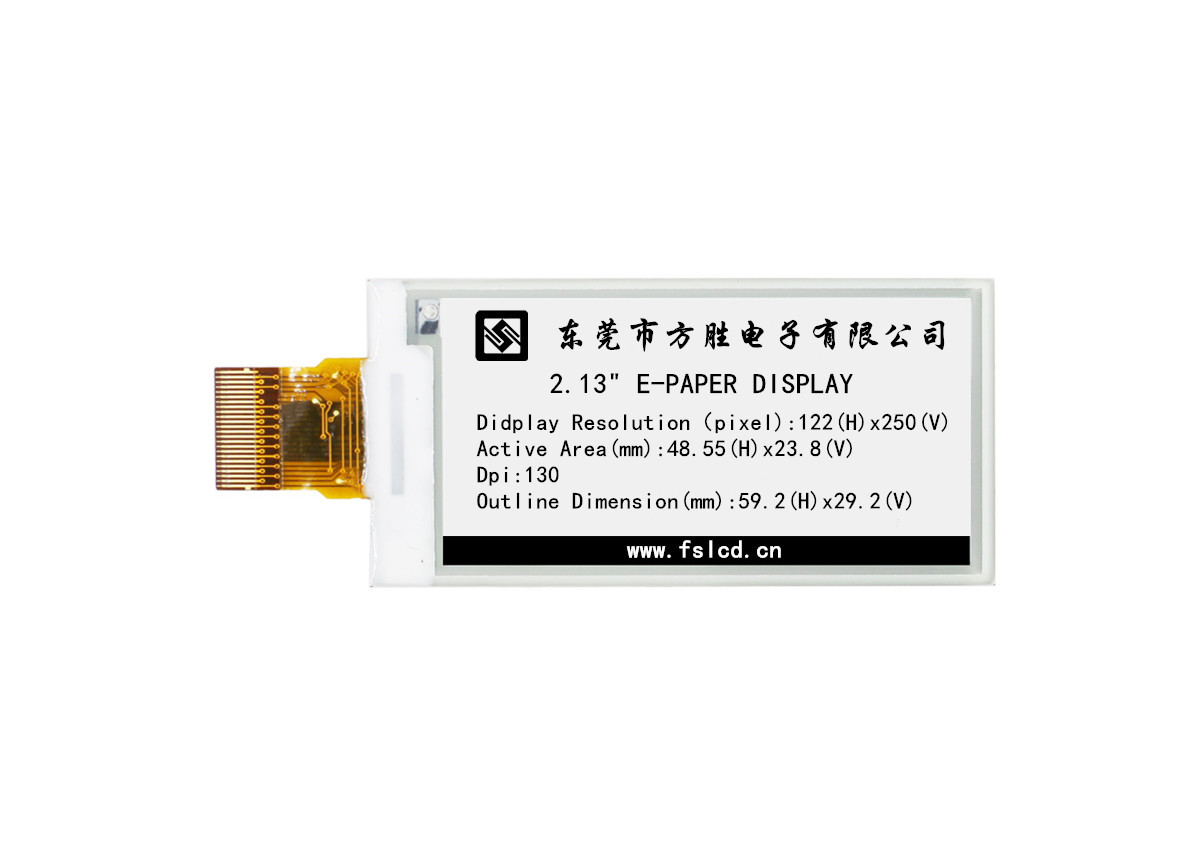Ink screen is also known as electronic paper display technology. Electronic paper display technology (EPD for short) was successfully developed by Joseph Jacobsen of Massachusetts Institute of Technology and his R&D team after more than 30 years. The structure of this paper is composed of two substrates, coated with an ink screen composed of countless tiny transparent particles. The particles are formed by many black and white particles with positive and negative charges sealed in the inner liquid micro-glue ball. The charged particles of color will move in different directions due to the different applied electric fields, showing a black or white effect on the surface of the display screen. In this way, black-and-white patterns and texts like printed matter can be displayed on the surface of "electronic paper", which looks very similar to paper, and does not have the reflective phenomenon of traditional liquid crystal displays in the sun. At the same time, power is consumed only when the color of the pixel changes (for example, from black to white). The picture on the display screen can still be retained after the power is turned off, so it is very power-saving. Electronic paper with storage chips can fit the entire library.
Ink screen (Electronic Ink) is actually a new type of material, which is the product of the multidisciplinary development of chemistry, physics and electronics. This material can be printed on the surface of any material to display text or image information.

Previous:What is the current development prospect of ink screen products?
Next:Already the last article













